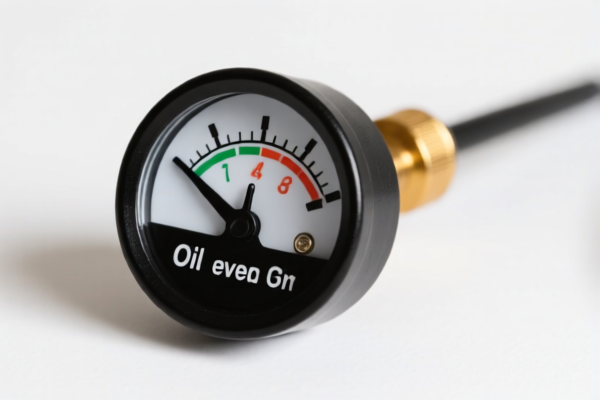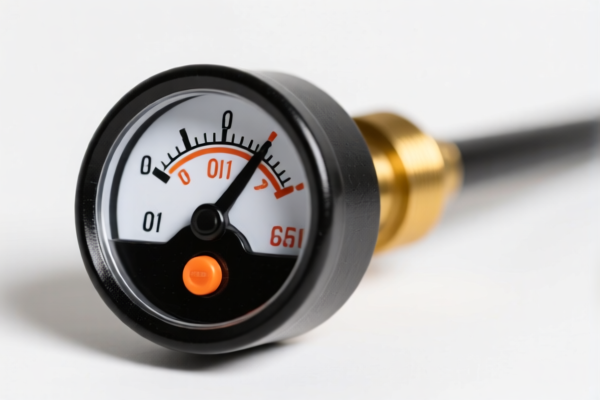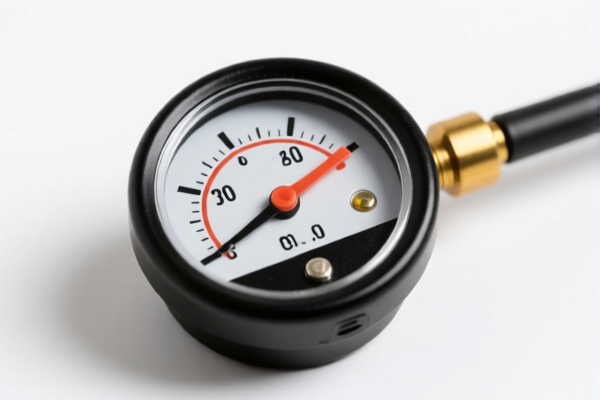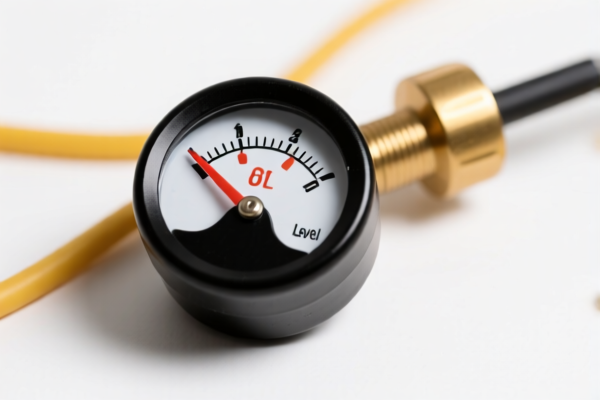| HS Code | Official Doc | Tariff Rate | Origin | Destination | Effective Date |
|---|---|---|---|---|---|
| 8531100035 | Doc | 56.3% | CN | US | 2025-05-12 |
| 8531100045 | Doc | 56.3% | CN | US | 2025-05-12 |
| 8512909000 | Doc | 57.5% | CN | US | 2025-05-12 |
| 8512902000 | Doc | 57.5% | CN | US | 2025-05-12 |
| 8517690000 | Doc | 55.0% | CN | US | 2025-05-12 |
| 8517620090 | Doc | 20.0% | CN | US | 2025-05-12 |
| 8537109170 | Doc | 57.7% | CN | US | 2025-05-12 |
| 8537109150 | Doc | 57.7% | CN | US | 2025-05-12 |
| 8535904000 | Doc | 57.7% | CN | US | 2025-05-12 |
| 8535908060 | Doc | 57.7% | CN | US | 2025-05-12 |
| 9026802000 | Doc | 55.0% | CN | US | 2025-05-12 |
| 9026806000 | Doc | 37.5% | CN | US | 2025-05-12 |
| 9014804000 | Doc | 55.0% | CN | US | 2025-05-12 |
| 9014805000 | Doc | 55.0% | CN | US | 2025-05-12 |
| 9031808085 | Doc | 30.0% | CN | US | 2025-05-12 |
| 9031808070 | Doc | 30.0% | CN | US | 2025-05-12 |
| 3926904510 | Doc | 58.5% | CN | US | 2025-05-12 |
| 3926909987 | Doc | 42.8% | CN | US | 2025-05-12 |
| 3923900080 | Doc | 58.0% | CN | US | 2025-05-12 |




Water Leak Sensor
A water leak sensor is a device designed to detect the presence of water, typically in locations where leaks may occur, and provide an alert. These sensors are used to mitigate water damage, potentially saving significant costs and preventing mold growth.
Material
Water leak sensors are constructed using a variety of materials, chosen for durability and sensitivity to water. Common components include:
- Housing: Typically made of plastic (ABS, Polycarbonate) to resist corrosion and physical impact. Some models utilize metal housings for increased robustness.
- Detection Mechanism: This varies by sensor type (see below). Common materials include conductive traces, optical sensors, and float switches.
- Electronics: Printed circuit boards (PCBs) containing microcontrollers, power management circuits, and communication modules.
- Batteries: Alkaline, lithium, or rechargeable batteries provide power for wireless sensors. Wired sensors draw power from a mains supply or a connected system.
Purpose
The primary purpose of a water leak sensor is to provide early warning of water leaks, allowing for prompt intervention and minimizing damage. This is achieved through:
- Damage Prevention: Reducing the cost of repairs to structures, furniture, and electronics.
- Mold Prevention: Preventing the growth of mold and mildew, which can cause health problems and require costly remediation.
- Insurance Claims: Providing documentation for insurance claims related to water damage.
- Water Conservation: Identifying hidden leaks that waste water.
Function
Water leak sensors function by detecting the presence of water and triggering an alert. This process typically involves:
- Detection: The sensor utilizes a detection mechanism to identify water contact.
- Signal Processing: The sensor's internal circuitry processes the signal and determines if a leak is present.
- Alerting: The sensor activates an alert, which can take various forms:
- Audible Alarm: A built-in buzzer or siren.
- Visual Indicator: A flashing LED.
- Wireless Notification: Sending a signal to a connected hub or smartphone app via Wi-Fi, Bluetooth, Zigbee, or Z-Wave.
- Automated Shutoff: Triggering a connected water shutoff valve to stop the water supply.
Usage Scenarios
Water leak sensors are used in a wide range of applications:
- Residential:
- Under sinks and near washing machines.
- Near water heaters and toilets.
- In basements and crawl spaces.
- Near dishwashers and refrigerators with ice makers.
- Commercial:
- Data centers to protect servers.
- Office buildings to prevent damage to infrastructure.
- Hotels to monitor guest rooms and common areas.
- Manufacturing facilities to detect leaks in cooling systems.
- Industrial:
- Oil and gas facilities to detect leaks in pipelines.
- Power plants to monitor cooling water systems.
- Chemical processing plants to detect leaks in tanks and pipes.
Common Types
Several types of water leak sensors are available, each with its own advantages and disadvantages:
- Spot Sensors: These sensors detect water at a single point. They are the most common and affordable type. They typically use conductive traces that complete a circuit when water is present.
- Cable Sensors: These sensors consist of a cable with multiple detection points along its length. They are ideal for monitoring long areas, such as around water heaters or pipes.
- Optical Sensors: These sensors use infrared beams to detect the presence of water. They are less prone to false alarms than conductive sensors.
- Float Sensors: These sensors use a float that rises with the water level. They are often used in sump pumps and water tanks.
- Wireless Sensors: These sensors communicate wirelessly to a hub or smartphone app. They offer greater flexibility and ease of installation.
- Smart Sensors: These sensors integrate with home automation systems and can automatically shut off the water supply when a leak is detected.
Water leak sensors are instruments used for measuring or checking the flow, level, or pressure of liquids, specifically detecting water leaks. Here are relevant HS codes based on the provided reference material:
- 9026802000: Instruments and apparatus for measuring or checking the flow, level, pressure or other variables of liquids or gases (for example, flow meters, level gauges, manometers, heat meters), excluding instruments and apparatus of heading 9014, 9015, 9028 or 9032; parts and accessories thereof: Other instruments and apparatus: Electrical. This code covers electrical instruments used for measuring liquid variables, which aligns with the function of a water leak sensor. The basic tariff is 0.0%, with an additional tariff of 25.0%, increasing to 30.0% after April 2, 2025, resulting in a total tariff of 55.0%.
- 9026806000: Instruments and apparatus for measuring or checking the flow, level, pressure or other variables of liquids or gases (for example, flow meters, level gauges, manometers, heat meters), excluding instruments and apparatus of heading 9014, 9015, 9028 or 9032; parts and accessories thereof: Other instruments and apparatus: Other: Other. This is a broader category for other liquid measurement instruments. The basic tariff is 0.0%, with an additional tariff of 7.5%, increasing to 30.0% after April 2, 2025, resulting in a total tariff of 37.5%.
- 8531100035: Electric sound or visual signaling apparatus (for example, bells, sirens, indicator panels, burglar or fire alarms), other than those of heading 8512 or 8530; parts thereof: Burglar or fire alarms and similar apparatus Other: Burglar alarms. If the water leak sensor functions as an alarm, this HS code may be applicable. The basic tariff is 1.3%, with an additional tariff of 25.0%, increasing to 30.0% after April 2, 2025, resulting in a total tariff of 56.3%.
According to the provided reference material, the HS code options related to 'water leak sensor' are limited, with only the following 3 found.
Customer Reviews
No reviews yet.